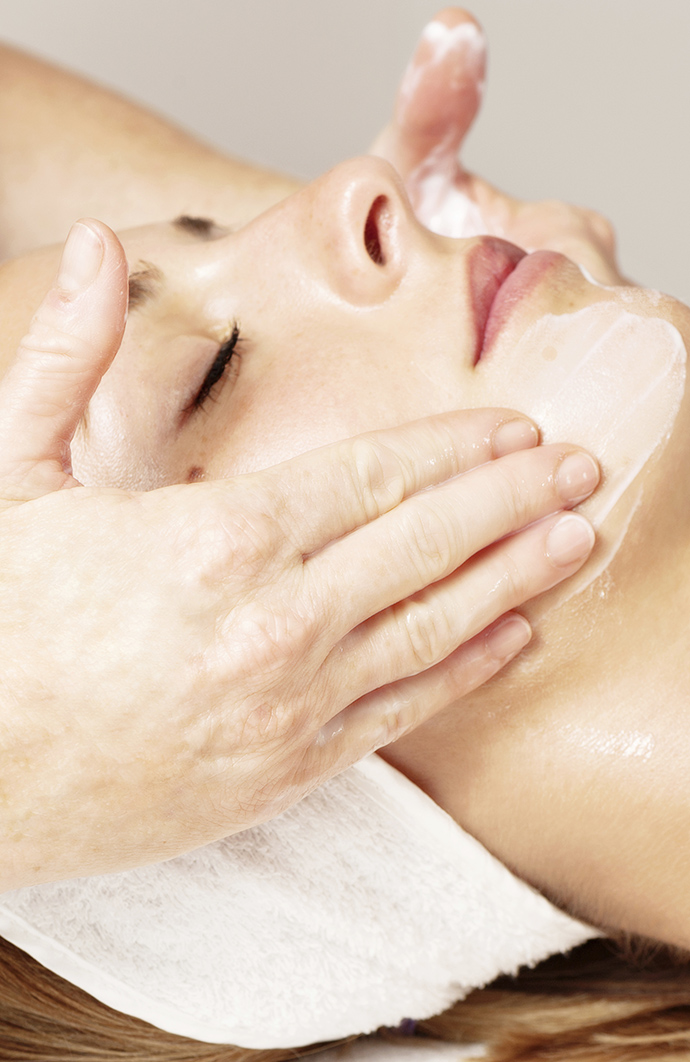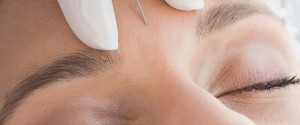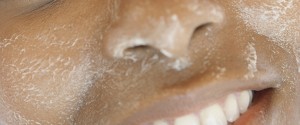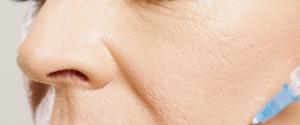Chemical Peels
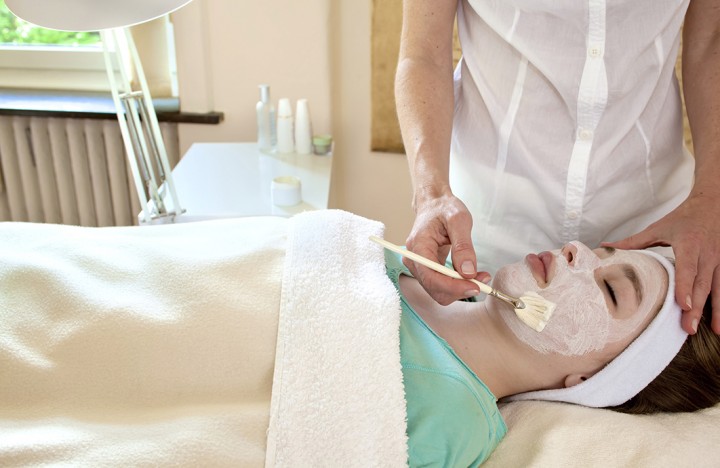
A chemical peel is a skincare technique that smoothes and improves the texture of the skin (usually on the face). It involves a chemical solution that causes dead skin to slough and peel off. The regenerated skin is typically less wrinkled and much smoother than the old skin. Chemical peels are typically performed on the hands, neck, and face, and are done for a number of reasons, including: improving the look and feel of the skin, reducing age spots, freckles, and dark patches caused by pregnancy, treating certain types of acne, improving the appearance of mild scars, treating wrinkles caused by aging and sun damage, and reducing fine lines under the eyes and around the mouth.
Who is it good for?
Generally, light-haired and fair-skinned patients are better candidates for chemical peels. This isn’t to say that people with darker skin won’t achieve good results, but there is a risk of being left with an uneven skin tone following the procedure.
Severe wrinkles, bulges, and skin sags do not respond well to chemical peels, and usually require another kind of cosmetic surgical procedure, such as a facelift or laser resurfacing. Talk to your doctor or a dermatologic surgeon to decide which procedure is best for you and your skin type. This will ensure you receive the results you want. If you decide to go with a chemical peel, you will likely be asked to stop taking certain drugs, such as retinoids. You may also be prescribed antiviral drugs or antibiotics. During the procedure, your skin will be cleaned thoroughly and then a chemical solution will be applied to small areas of your skin. This creates a wound which allows new skin to form and replace the old skin. You will likely feel a burning sensation which will last several minutes. You will require pain medication during and after a chemical peel. Redness and peeling lasts for about a week following the procedure and you may need to repeat the peel several times to achieve the look you want. You will need bandages on all of the skin that was treated. Patients recovering from chemical peels are advised to avoid the sun for several months after the chemical peel, seeing as the new skin is extremely sensitive and fragile.
Compare
There are several different types of chemical peels, all of which have different purposes. Light peels are the gentlest type of peel, as they only remove the top layer of the skin, and give it an instantly smoother and brighter look. Medium depth peels provide more dramatic results because they penetrate deeper in to the skin. They are used to treat wrinkles, pigmentation issues, and sun damage. You will feel more discomfort during this treatment, however, and the side effects will likely be worse. Finally, deep peels are the strongest type of chemical peel available. They help fix wrinkles, deep lines, scars, and sun damage. This peel is painful and can take months to recover from, but it is the best peel available and can achieve incredible results if performed correctly.

